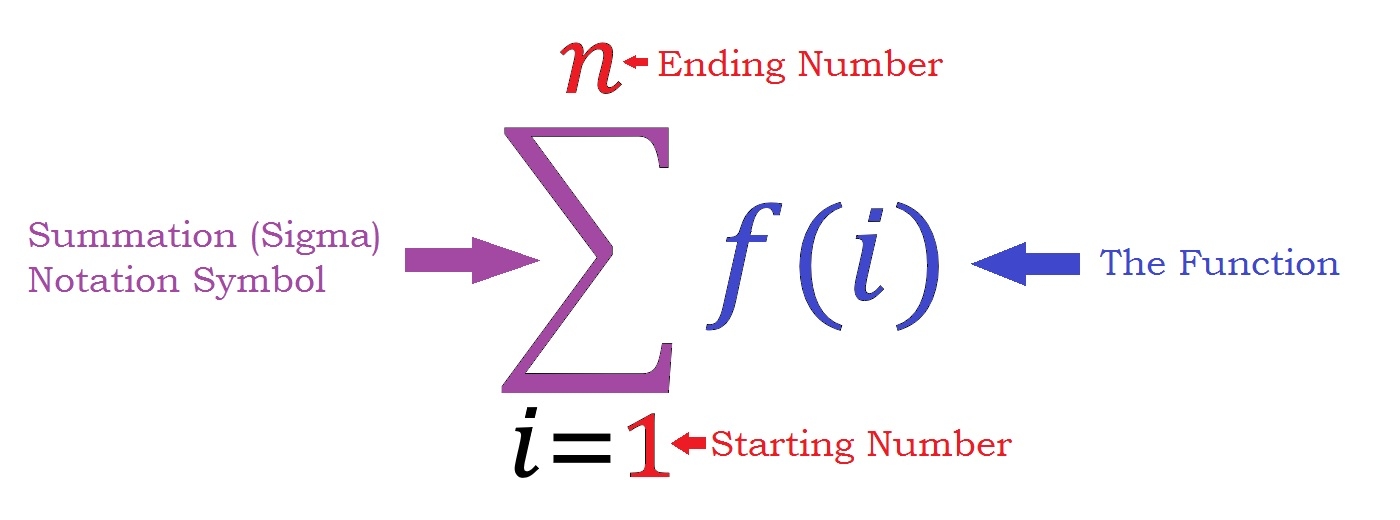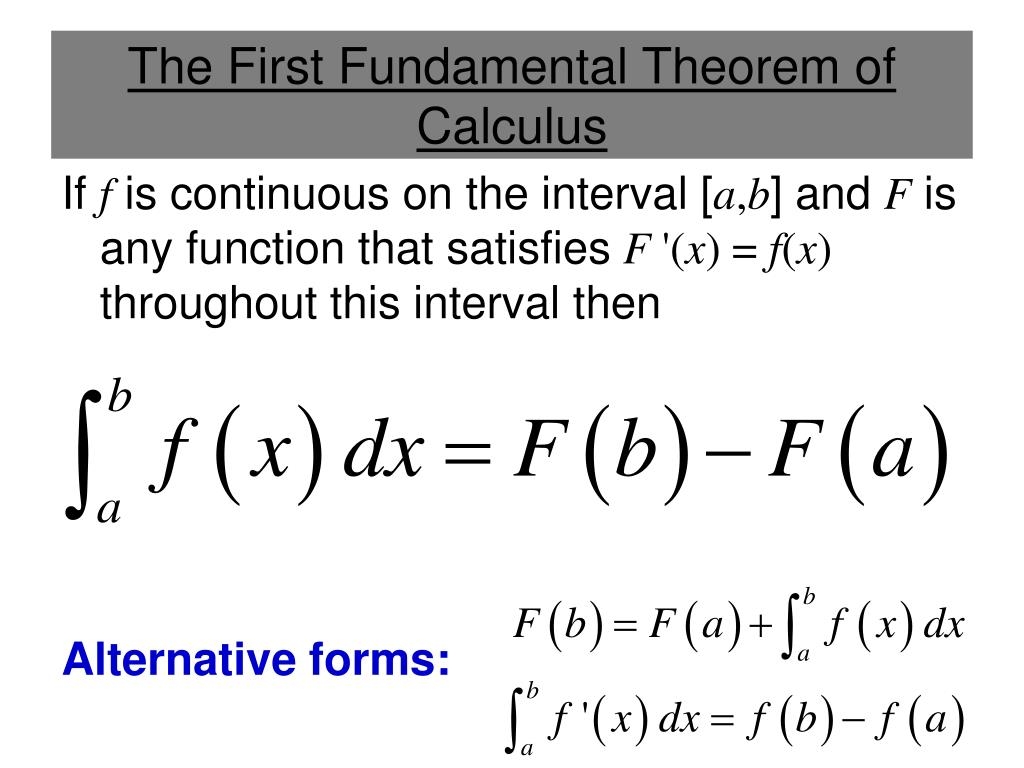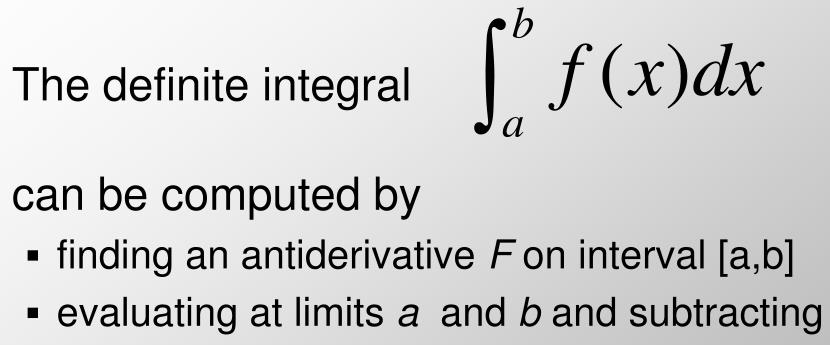Sigma Notation

Determine the values of
first of all , there seems to be a typo in this question
they had it as
it has to be
Identify any patterns
each term has a
there is also a sign flip ( negative to positive ) on each round
They just gave us outright the general form for
they didn't necessarily have to provide this after the continuation
we could of had to try and determine this structure just by looking at individual terms by themselves in the series.
Find Lower Limit
the first term in the series they had was
really it was
but they just reduced the first term to just being :
the variable renaming gets confusing here
but our first term , or the "starting number" in the series HAS to be 1.
therefore :
Find the Upper Limit
they sort of gave us this for free
they gave us the equivalent for the last term
in that last term , the
so this last part of the question is really just making sure you understand how sigma notation works in general.
the variable renaming can be confusing here again.
but the summation is written as starting at a value of
which we know had to be
and then it ends at
just put
but this is how we can relate the concept of a summation series to calculus
if we have some series "at it its limit" or "to infinity"
more on this later in the "Moving From Series to Calculus" block
Express the sum using summation notation.
Identify any patterns :
each term in the series seems to be in the form of :
so this is the generalized form of
Find the lower limit
think how could we get the first term to just be
lets assume for a moment
that would mean :
Find the upper limit
the last term in the series was given as :
you can see it clearly stops at
therefore ,
Moving From Series to Calculus
Series are used to approximate functions.
some functions are complex , and might be impossible to differentiate.
you can approximate them by using a series.
If the series is finite , like :
Then we can just calculate all of the steps ,
But If the series is going to infinity :
Then we have to take the limit
The derivative of a function = instantaneous rate of change of a function with respect to one of its variables
its also a limit
the derivative of a function at a specific point = the limit of the average rate of change of the function as the interval of the change approaches zero
Fundamental Theorem of Calculus - Part 1
Its a connection between the processes of differentiation and integration
If you have some function
And it meets these criteria :
it is continuous on a finite interval , like between
its differentiable everywhere on that finite interval
Then , the derivative at any of the potential
The integral
accumulates the area under the curve of the function
from
It's a placeholder that represents the current point of evaluation within the interval from


Let the anti-derivative , aka the integral of
= Then the derivative of
Find the derivative using Part 1 of the Fundamental Theorem of Calculus.
via FTOC Part 1 :
we expect to have a variable as one of the limits in the integration
the derivative of an integral with respect to its upper limit ,
is simply the integrand evaluated at that limit
Start with the integral
Apply FTOC Part 1
Let
Then the derivative of
:
Differentiate the integral :
the derivative of
so ,
Find the derivative using Part 1 of the Fundamental Theorem of Calculus.
Start with the integral
Apply FTOC Part 1
Let
Then the derivative of
Differentiate the integral :
the derivative of
so ,
Find the derivative using Part 1 of the Fundamental Theorem of Calculus.
Start with the integral
Apply FTOC Part 1
Let
Then the derivative of
Differentiate the integral :
the derivative of
so ,